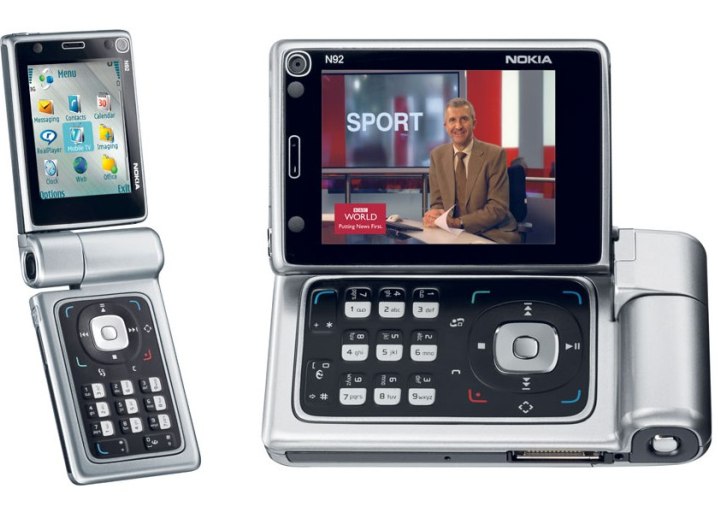Study: mobile TV most popular at home
Mornings and evenings are favourite times for mobile TV

People most like to watch TV on their mobiles as they are having breakfast or right before they go to bed, a new study has found.
Mobile TV is most watched as people are making, or having, breakfast in the kitchen, or just before they go to sleep at night, in the bedroom.
Two thirds of the total amount of mobile TV watched takes place in the home. Other popular places to watch TV on a mobile phone is on the way to work, school, or practice, or when waiting for someone, a study into mobile TV for consumers by Swedish/Finnish telecoms giant TeliaSonera found.
The most popular time to access mobile TV is in the morning between 7-8AM and in the evening between 5-10PM, the study showed. Users watch an average 30 minutes at a time.
"The test shows that there is considerable interest in and demand for mobile TV," said Indra Åsander, head of the private consumer market in TeliaSonera Sweden.
"The test users have really appreciated the freedom that comes with having full control over a personal TV. With mobile TV, you no longer need to stress about getting home in time to watch a specific programme," she added.
News reports, documentaries, entertainment programmes, morning shows, and TV series were the most popular among the test participants.
Sign up for breaking news, reviews, opinion, top tech deals, and more.
Monthly fee preferred
Most people expect to pay to watch TV via their mobiles and they prefer to pay a fixed monthly fee. The study also found that most users were pleasantly surprised by the experience of watching TV on a mobile handset, despite the small screen.
However, as soon as any problems occurred, such as reception difficulties in one of the channels, the users quickly lost interest. They became disappointed and irritated when something did not work and opted to move on to other things.
TeliaSonera conducted the mobile TV test with DVB-H technology in co-operation with Nokia . Fifty families in Stockholm were allowed to borrow a Nokia N92 mobile phone, and had access to 13 TV channels and one radio channel. The test lasted two months and was concluded in the beginning of December.